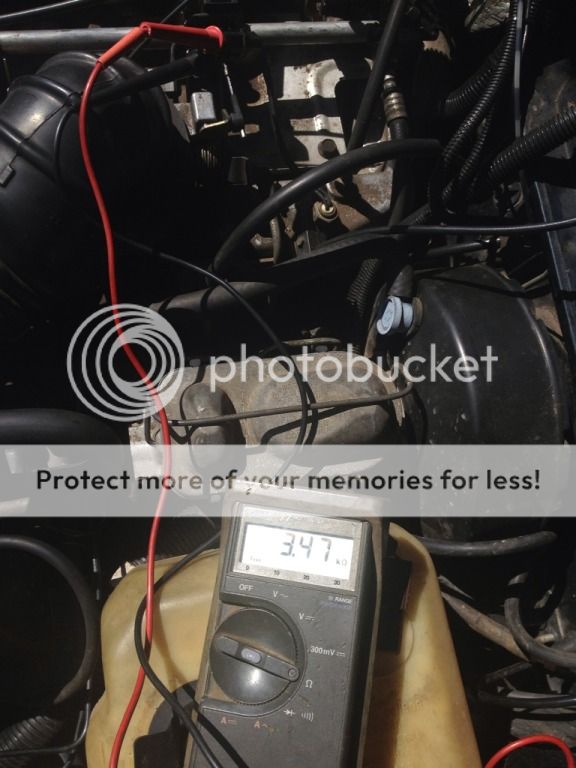- Location
- NE Texas
90 aw4 Renix..
New alt/battery & Battery cables,
New TPS, IAC, and yellowtop injectors..
New CCV Vacuum tubes..
Deleted Charcoal canister (recently, but made no difference before/after)
When cold, It takes 10-15 revolutions to fire.. when it does fire, it stumbles until you give it gas..
It then will idle at 800rpm (cold) and slowly drop to 500rpm.. and then progressivly go lower and lower until it Dies.. all in about 45 seconds of run time..
BUT, if you keep it going, feathering the throttle until its at running temp, It will "Catch" and once warm it will High idle at 1100-1400rpm.. And will stay that..
I've put 500 miles on this rig.. and about 500 dollars into under the hood I'd like to start driving it daily
New alt/battery & Battery cables,
New TPS, IAC, and yellowtop injectors..
New CCV Vacuum tubes..
Deleted Charcoal canister (recently, but made no difference before/after)
When cold, It takes 10-15 revolutions to fire.. when it does fire, it stumbles until you give it gas..
It then will idle at 800rpm (cold) and slowly drop to 500rpm.. and then progressivly go lower and lower until it Dies.. all in about 45 seconds of run time..
BUT, if you keep it going, feathering the throttle until its at running temp, It will "Catch" and once warm it will High idle at 1100-1400rpm.. And will stay that..
I've put 500 miles on this rig.. and about 500 dollars into under the hood I'd like to start driving it daily

 do now know how important vacuum readings are to a Renix:wierd:
do now know how important vacuum readings are to a Renix:wierd:
